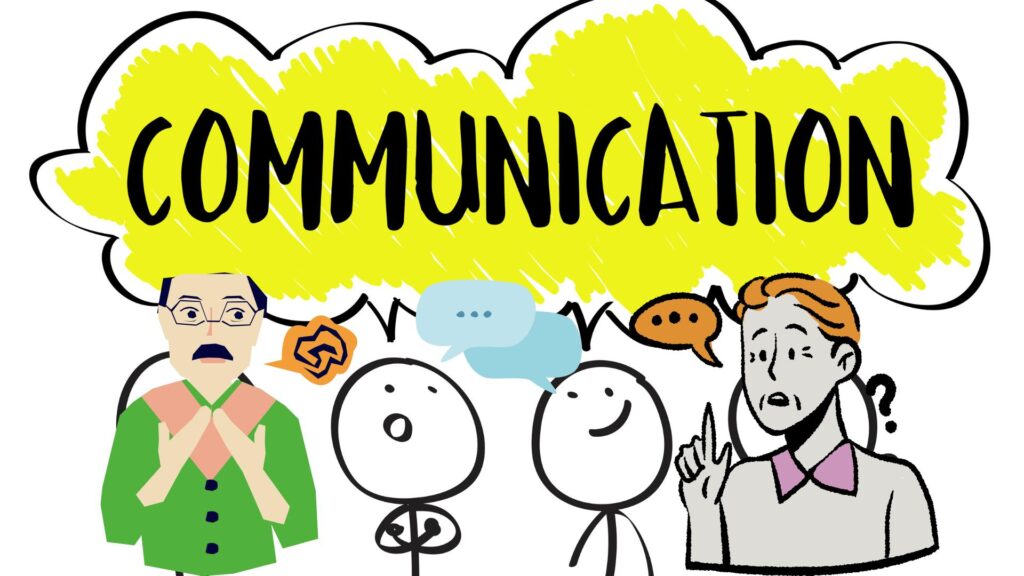Although multichannel communication has the potential to offer numerous benefits to companies, it also has the potential to pose considerable obstacles. In order to provide a smooth customer experience, organizations need to negotiate complicated terrain. This includes the management of numerous channels, the assurance of a consistent message, and the provision of individualized experiences. In this article, we will discuss some of the most significant difficulties associated with omnichannel communication as well as offer some advice for addressing these difficulties.
- With multichannel communication, one of the most critical problems is efficiently managing various channels, which also happens to be one of the most rewarding ones. Companies have a responsibility to ensure that their communications are consistent across all channels while also customizing those communications to the specific qualities that are associated with each channel.
Tip: Using an omni-channel communication platform may help you manage all of your channels from a single location, simplify your communications, and gain real-time insights on how your customers are behaving across all of your channels.
- One of the challenges posed by multichannel communication is the provision of a tailored experience for clients and consumers. In order to personalize messages to individual requirements, organizations need to gather and analyze data on consumer behavior, preferences, and interests. Personalization is a must for this.
Tip: Put in place a customer relationship management (CRM) system that can assist in the collection and analysis of client data to make it possible for businesses to give tailored experiences across all available channels.
- Maintaining coherence in our message: Maintaining coherence in our message is vital for developing both recognition and confidence in our brand. Customers may experience confusion and dissatisfaction as a result of inconsistent messages across different platforms.
Tip: Have a distinct communications plan that describes the voice to be used, the information to be shared, and the branding to be used across all channels. Establish communication rules to guarantee that all channels provide messages that are consistent with one another.

- Controlling the expectations of your consumers Omni-Channel communication has the potential to create extremely high expectations for your customers. People anticipate receiving communications that are prompt, personalized to their needs, and pertinent across all platforms.
Tip: Be sure you communicate with your clients in a clear and concise manner about what they can anticipate from each channel, including response times, the frequency of communications, and the sort of material that they may anticipate receiving.
- Keeping up with quickly advancing technology: Lastly, in order for organizations to maintain their competitive edge in the multichannel communication landscape, they need to keep up with fast-advancing technology.
Tip: If you want to deliver a better experience for your customers, be updated about new technologies and be open to experimenting with different communication channels and tools.
In conclusion, omnichannel communication poses a number of issues for organizations; nevertheless, these challenges are solvable with the use of the appropriate strategies and technologies. Businesses are able to create a smooth and engaging customer experience across all channels by efficiently managing various channels, providing tailored experiences, ensuring a consistent message, managing consumer expectations, and keeping up with evolving technologies.



